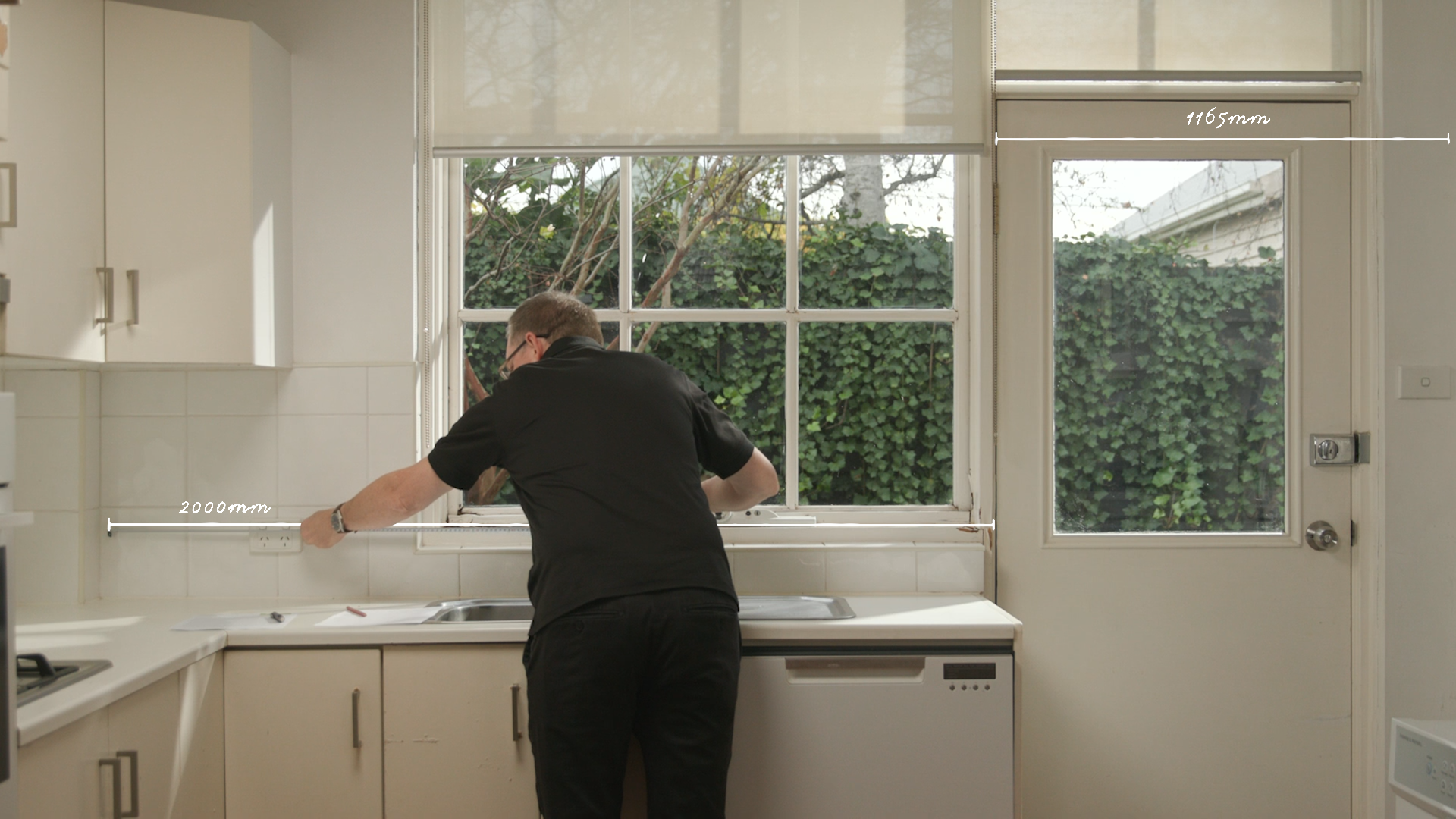By Mark Timmins
The only way is up, baby. Or is it?
Can you time the real estate market? Selling at exactly the right moment to leverage a peak in prices, or buying at the very bottom of a trough?
Any Sydneysider who watched prices peak in June and prepared their house to sell in the spring may tell you it can be tough. Spring in the harbour city saw lots of stock hit the market, alongside buyers reaching the limit of their capacity to pay, so prices have faltered.

Interest rates: The key factor
- Higher interest rates: The Reserve Bank of Australia (RBA) raised interest rates to cool down inflation. So borrowing costs more. While interest rates are expected to be reduced by May 2024, that’s a long way off. This delay in rate cuts is leading to more distressed sales (where people are forced to sell their homes because they can’t afford the repayments).
- Impact of rate cuts: While relief may come, global inflation concerns could delay any improvements. This is all contributing to slower sales and auction clearance rates dropping (in Sydney, it’s currently under 60%, which indicates a buyer’s market).
Sydney & Melbourne: Cooling markets
- Sydney: After a price recovery in early 2023, Sydney prices are now stagnating or slightly declining. Stock levels are higher (up about 12% from previous years), meaning less competition and fewer buyers. Despite this, some areas are still holding up well, thanks to long-term infrastructure projects and relative value.
- Melbourne: Similarly, Melbourne has seen continued price declines. While the market is still cooling, it’s important to note that Melbourne’s drop is partly driven by local factors, such as higher taxes, weaker population growth, and an increase in housing supply. Melbourne is now cheaper by medium value than Brisbane, Adelaide and Perth.
Other Cities: Perth, Adelaide, Brisbane
- In contrast to Sydney and Melbourne, cities like Perth, Adelaide, and Brisbane are seeing solid price growth. In these markets, prices are rising due to higher demand and limited supply. But there are some signs now that Brisbane may be turning.
What this means nationally
The overall trend is that interest rates are finally having a cooling effect on the market, particularly in Sydney. Auction clearance rates are down, and distressed sales are rising. It would be fair to assume that this trend may spread wider in time.
Three of the four major banks have tipped an interest rate cut for May, only CBA is sticking with February. Assuming no inflationary driving global changes, this means that the window of opportunity for buyers may be quite short-lived. Historical data shows a clear correlation between falling interest rates and rising property prices (although there is often a small lag).


Unless you’re buying for the very first time, most people are selling and buying in the same market, so too much navel gazing on determining the right time to take action can be a waste. Whether the market is galloping ahead or falling behind, what’s important is having a fair sense of value, realism on the sell side and constraint on the buy side. Buying smart requires knowledge of the true value of the property in today’s market, based on a host of data inputs, rather than simply being the person with the largest wallet on the day.
Happy house hunting!
Mark Timmins is a Buyers Agent at MCA Buyers Agency in Sydney.




Measure twice, cut once: avoiding mistakes with your DIY kitchen
Sponsored by kaboodle Flatpack and off the shelf products combined with online planning tools have…



